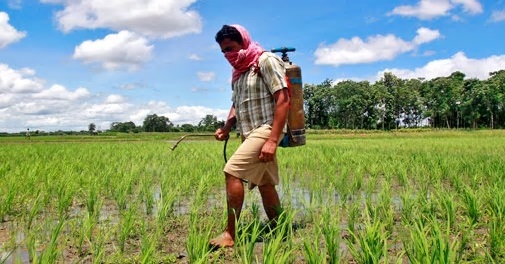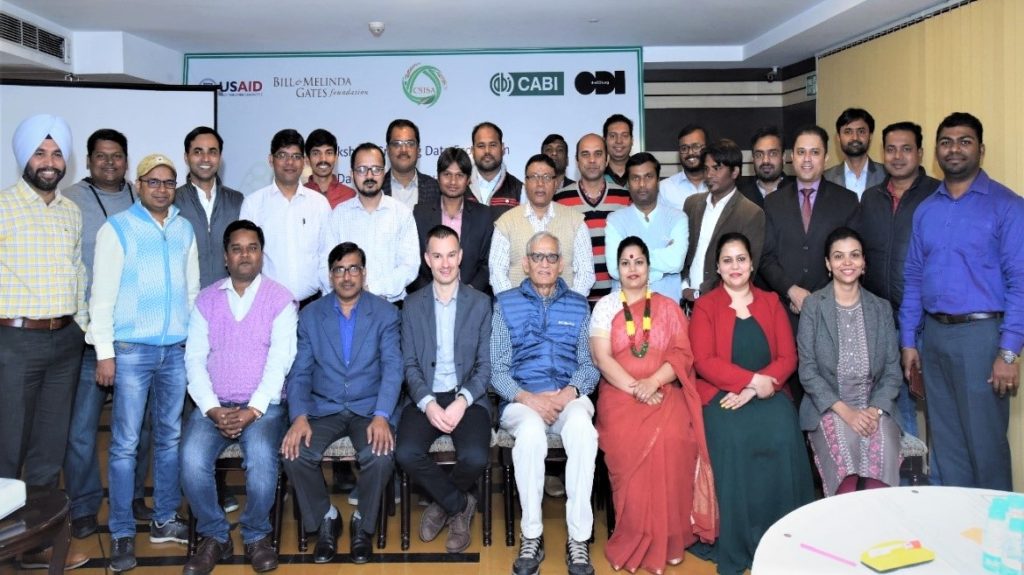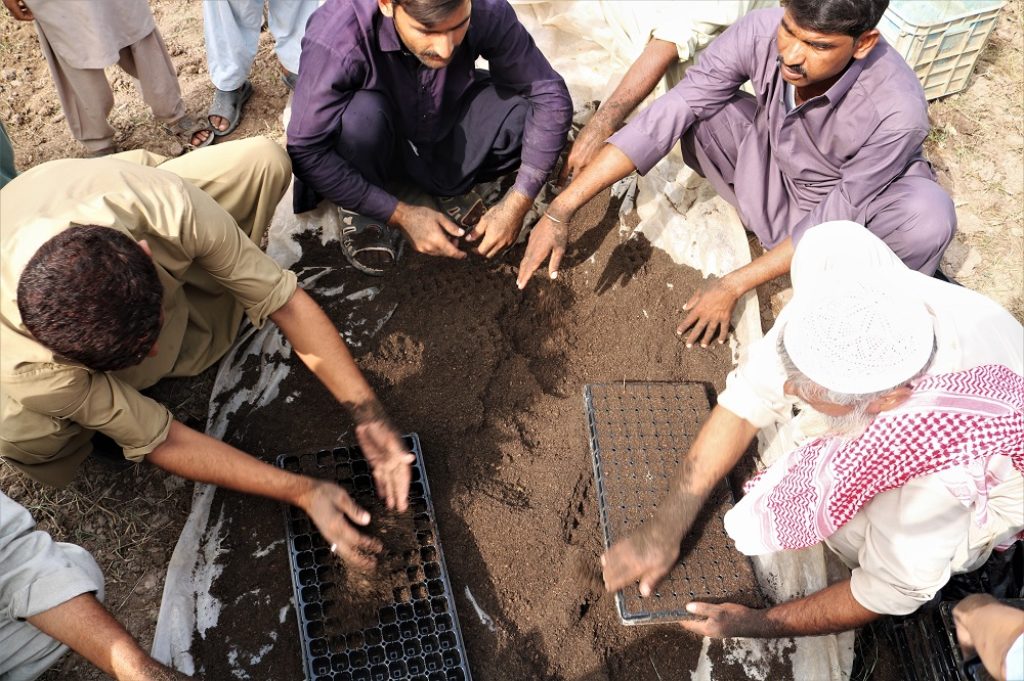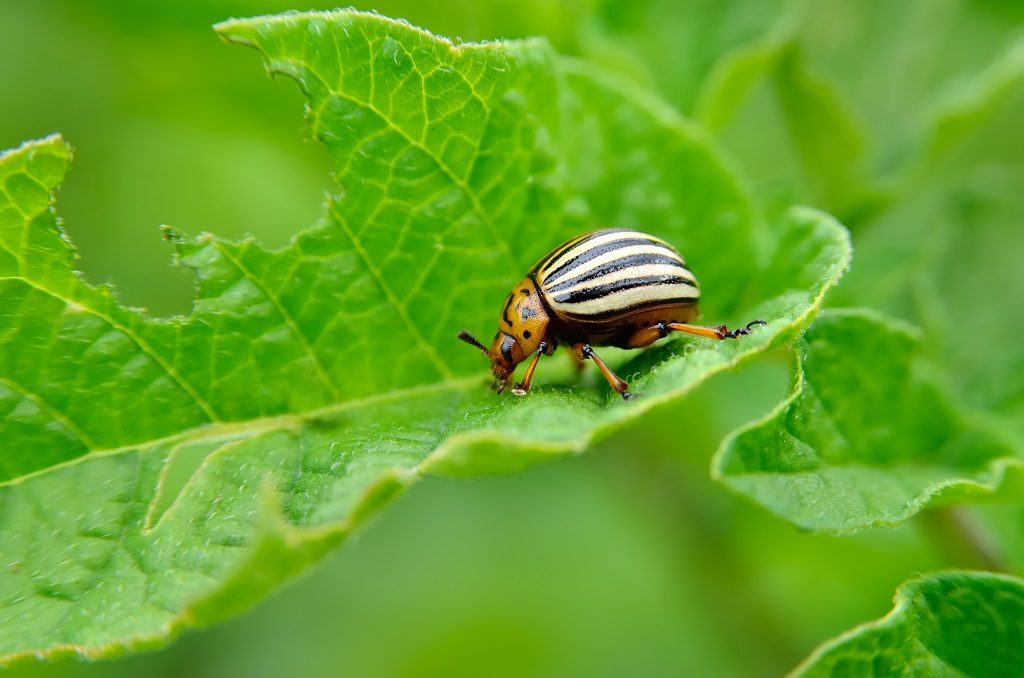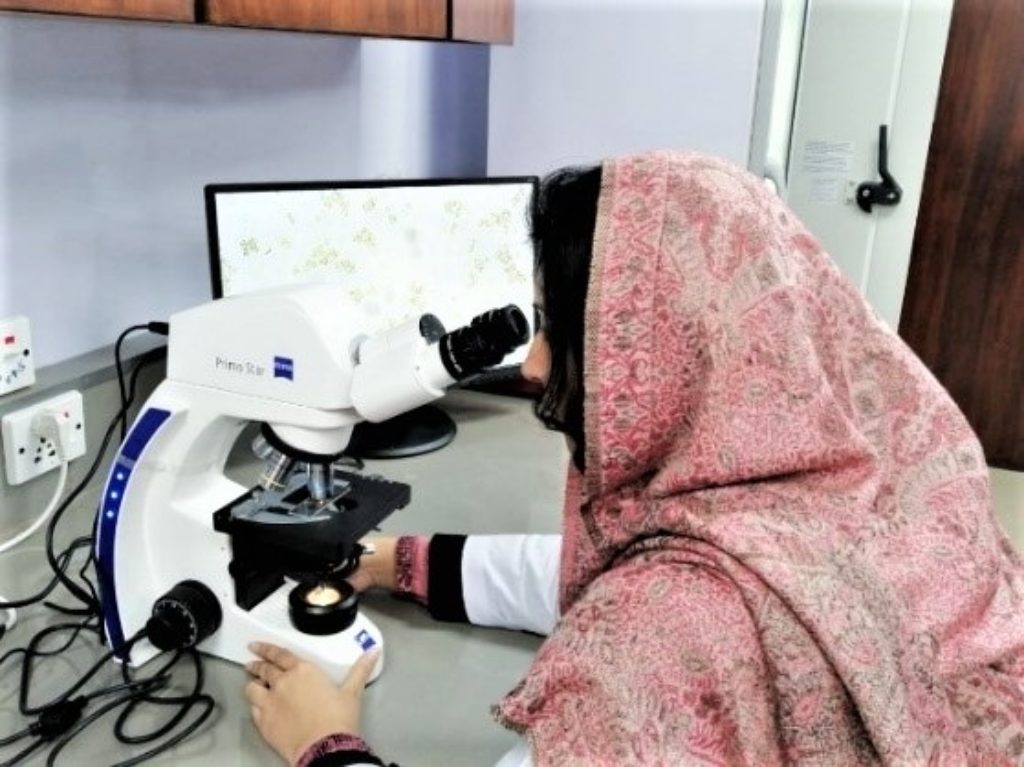Workshop focuses on creating healthy ‘data ecosystems’ to boost food security in India
CABI has been funded a two-year US$1.49 million project by the Gates Foundation to help increase food security in India and Ethiopia through better access to data on soil health, agronomy and fertilizers. This is being carried out with a focus to ensure that available data on agricultural development is based upon FAIR principles–Findable, Accessible,…
Secrets of ‘military mould’ unearthed after being hidden for over 75 years
Just a day before the plan for the invasion of France – known famously as ‘Operation Overlord’ – was confirmed on 8 February 1944, the now defunct Ministry of Supply (MoS) convened a conference on the prevention of mould growth of which CABI was privy to its information deemed ‘secret.’
Supporting safe plant exports with the CABI PRA Tool
Increased globalization, trade and, specifically, international movement of plant commodities are associated with greater risk of the spread of plant pests. A Pest Risk Analysis (PRA) evaluates biological, scientific and economic evidence to determine whether an organism is a pest, whether it should be regulated, and the strength of any phytosanitary measures to be taken…
Investigating a way to reduce the cost of poultry feed in Ghana
Ghana imports poultry meat to the tune of about US $374 million every year. This is because local production of poultry is hampered by the high cost of protein feed for chickens- representing 70% of total production cost.



